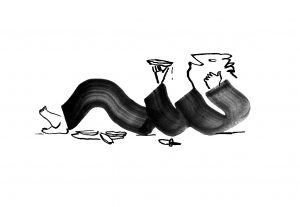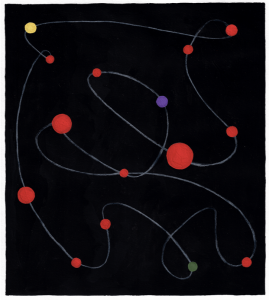As a World Cup 2014 host city, all eyes are on the southern hemisphere’s largest metropolis. Creatives based in Sao Paulo tell Port why in order to be truly creative in Brazil, you have to be flexible
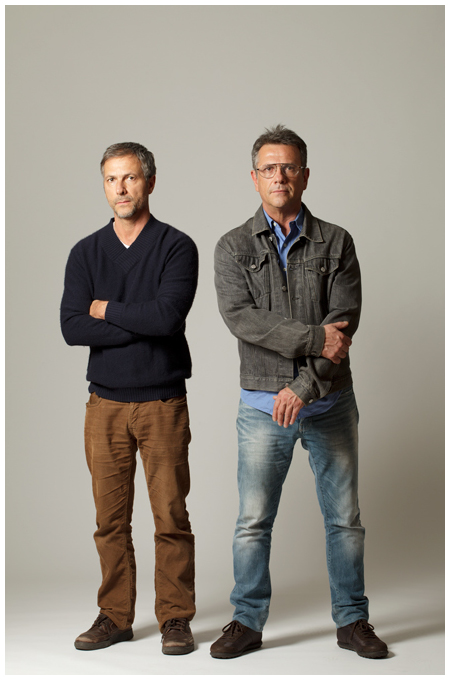
Brothers Fernando and Humberto Campana (left) are product and furniture designers who take found materials and recycle them into useful and beautiful objects. They launched their latest collection with Edra at this year’s Clerkenwell Design Week. Humberto trained to become a lawyer before going into business with his brother in the 1980s.
Starting in the 1960s until the 80s, the dictatorship was a black hole for Brazilian culture. Even the word ‘art’ was considered communist. It was only 20 years later that we began to see the development of a movement around fashion, literature, cinema and design. Brazilians started recovering their self-esteem and focusing on their roots to create an identity. Translating Brazilian identity into design is one of our most important challenges.
We moved here to Sao Paulo to begin our graduate studies and settled down because it’s an inventive and stimulating region, where the skills of many traditions cross. The city is a synthesis of Brazilian multiculturalism, an incarnation of the Brazilian mix which is not only racial, social and religious, but also cultural. Brazil is almost like a continent and we have an incredible flexibility to adapt to unforeseen situations.
Design is blooming in Brazil and there are quite a few young designers that have developed their own and unique style, such as Rodrigo Almeida, Tete Knecht, Sergio Matos, Zaninini de Zanine and Leo Capote. But the government could invest more in design. We have very talented people that need to be supported. We didn’t see many young designers invited to participate in projects for the World Cup or the Olympics for example.
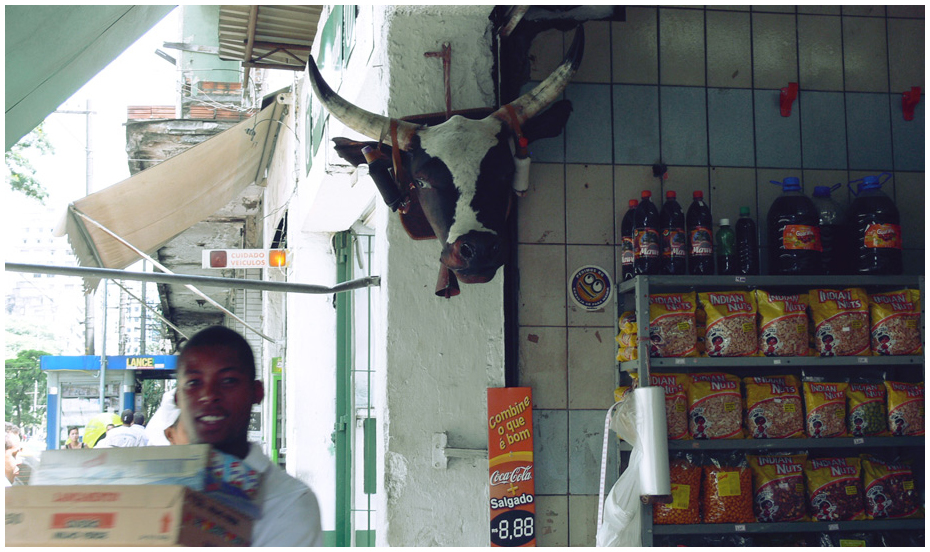
Juliana Mundim is an artist and filmmaker who lives between Sao Paulo, Brasília and New York. She spends months traveling the world making videos, drawings and photos. Her works have been shown in Germany, the US, Brazil and Japan, among others.
My work is based on travelling, so Sao Paulo works as my base camp. This is the place where I sit down and edit what I’ve done and plan my next move – it’s lovely to do this close to family and friends. The city has many layers co-existing in the same space, cultural, social, and so on, and that creates huge chaos. That chaos is very inspiring and rich.
Overall I think we’re quite an optimistic nation. Due to our well documented problems we could be more defeatist, but we always carry at least a twist of hope in us. I also believe we’re changing and becoming more aware of ourselves and our rights. It’s interesting to see this change. We are less apathetic – still optimistic, but quite fed up and more awake.
I feel it’s not about nations anymore, it’s about individuals. We have loads of potential here: Andre Penteado, Karlla Girotto, Rafa Silvares, Tata Aeroplano, Marcelo Ozorio, Ana Helena Tokutake, to name a few. Our music is very influential, particularly that of the 1960s and 70s. Then there are writers such as Clarice Lispector or artists such as Lygia Clark.
Culture and education definitely need more attention. It’s obvious, to me, that the country will only grow when they seriously invest in education and culture. I hope to see that happening soon. What do I miss when I’m away? My family, friends, the food, the fruits and the heat.
Andre Penteado (right) is a photographer who’s exhibited across the UK and Brazil. He’s currently working on a project about The Malê Revolt, an 1835 slave rebellion in the northern city of Salvador da Bahia. His favourite Brazilian photographer currently is Pedro David, one of whose works involved walking from Minas Gerais state to the US on foot.
I was born in Sao Paulo, so I’ve always felt a really strong connection with the city. When I was a child my parents moved to a small town on the coast; when I was 35 I moved to London, where I spent seven years. But I always felt Sao Paulo was home for me. I don’t feel I can live anywhere else in Brazil. It’s so exciting, there are so many things going on. It’s where things happen, there’s loads of culture, and being an artist, it’s the place I want to be. Some of the best galleries are here. There’s more money in the country now. We’ve always been really creative, but maybe haven’t had the means to make things happen at the right pace. Once society is richer people demand more and then you have to become better and push yourself further. Also, once people and/or artists living abroad start coming back, they’re used to having more galleries and a larger market.
“Our creativity comes from being very flexible, and trying to deal with what we don’t have”
It’s a crazy city: dirty, lots of graffiti, loads of problems, more violence than you can imagine – that’s all over Brazil. And somehow that’s who we are and these are the kinds of problems we deal with.
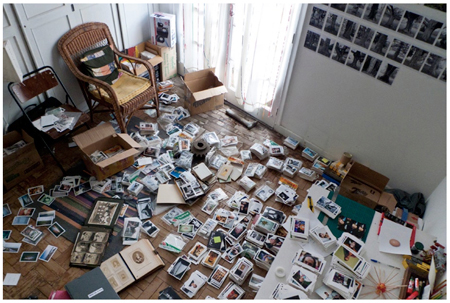
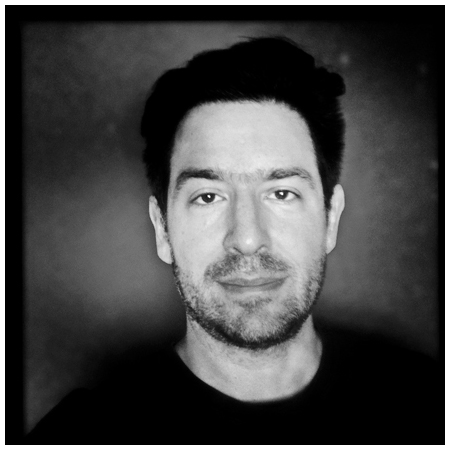 To buy artist’s resources we pay double what people pay in the US. So sometimes you just have to produce things without having the best resources. Our creativity comes from being very flexible, and trying to deal with what we don’t have sometimes.
To buy artist’s resources we pay double what people pay in the US. So sometimes you just have to produce things without having the best resources. Our creativity comes from being very flexible, and trying to deal with what we don’t have sometimes.
How are Brazilians viewed? It’s true that we’re party people. Brazilians are very friendly, that’s something I learnt in London. The great thing about living in another country for so long is that you are able to see your own in a different light. We’re really easy going and flexible, which can be both good and bad. We can go to a party without a plan and invite people along and make new friends, but at the same time we cancel really late.
Brazil is in the spotlight now. That’s the thing about becoming a major player in the global economy and having more money – you suddenly become more visible. The art market always needs new and fresh artists. The Sao Paolo biennial has always been important; it’s been going since the 1950s. This is a massive market, who wouldn’t look at this country of 200 million people having more money to buy stuff?
Betty Wood
